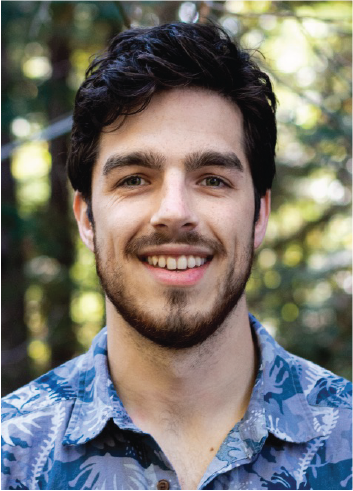Reconstructing Ice Sheet Evolution
The timescales and triggering mechanisms of ice sheet growth and retreat are not yet fully understood, making it difficult to predict how ice sheets will behave in the future. One way that Earth scientists have approached this problem is to look back at how ice sheets have behaved in the past. However, a sparse geologic record makes these reconstructions difficult. A major component of my current research seeks to fill this knowledge gap by studying subglacial chemical precipitates (e.g., below). These samples, which form in aqueous environments at the base of ice sheets, represent a novel archive of subglacial hydrologic conditions driven by the overlying ice. My research leverages the precipitate record through geochronological, geochemical, and microtextural characterization to link subglacial environmental change to ice sheet volume fluxes.
The Antarctic Ice Sheet
One of my major research projects uses mineralogic variations in subglacial precipitates to demonstrate that the East Antarctic ice sheet responds to millennial-scale Antarctic climate cycles. Combining subglacial precipitate data with a model of ice sheet thermodynamics, this project showed that the Antarctic ice sheet thins and thickens at the margins in response to millennial-scale cycles in Antarctic climate. To trigger this rapid ice sheet response requires ocean forcing to melt buttressing ice shelves, causing the ice to accelerate. This research challenges the widely held assumption of a static East Antarctic ice sheet on suborbital timescales, and links Antarctic ice sheet volume to ocean-atmosphere-cryosphere teleconnections on millennial timescales.
The Laurentide Ice Sheet
I am a part of a team of researchers working with subglacial precipitates from Baffin Island, Canada to determine the timing of accelerated ice flow in the Northern Laurentide Ice Sheet. Dates from a suite of Baffin precipitates suggest that they formed during three distinct episodes of ice sheet surging that were coincident with Heinrich stadials one through three respectively. Using this dataset, we’ve determined these rocks to be the first terrestrial archive of Heinrich events. These results support ocean thermal forcing as the triggering mechanism for Heinrich events.
